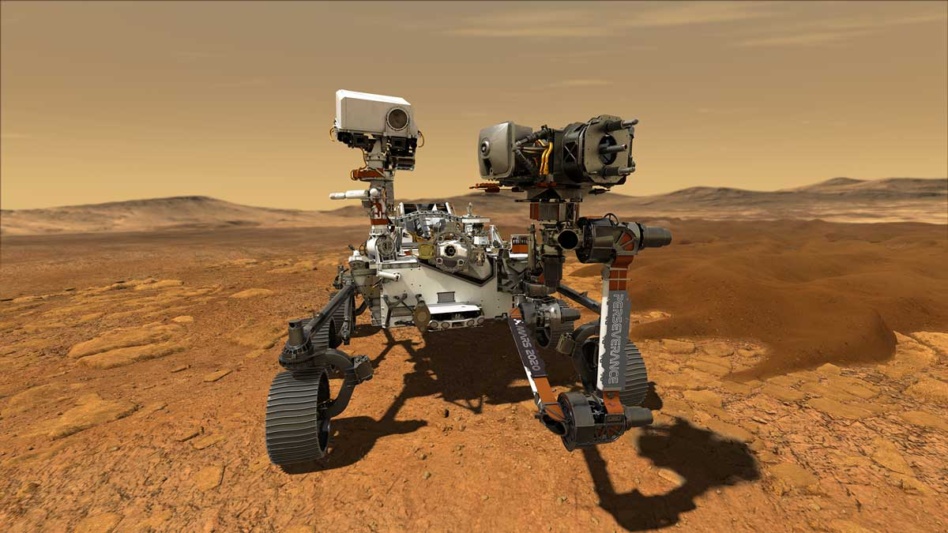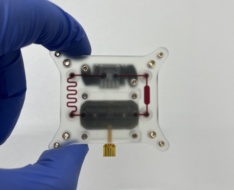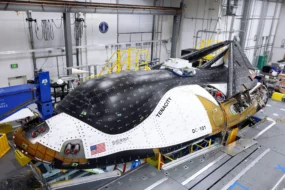Happy birthday, Percy! Our favorite little rover, Perseverance, has now spent a full Earth year on the surface of Mars, taking samples and searching for life in the Jezero Crater.
We’ve been reflecting on the journey Perseverance has made over the past year. The $2.7B rover has traveled about 2.2 miles and taken eight samples from the crater. Here are some of the historic achievements Perseverance has hit on while traversing the foreign planet’s surface.
Science findings: Perseverance unveiled quite a bit of information about the planet that had previously been a mystery to scientists. Among the things Percy discovered:
- Igneous rocks. The geology of the bottom of the Jezero Crater, which was once probably a lake full of water, is composed of primarily igneous rock rather than sedimentary. Scientists will be able to pinpoint the age of that igneous rock, made from cooled lava, by analyzing the radioactive decay of the elements inside. (Of course, they have to get the samples home first.)
- Oxygen conversion. Well, the rover didn’t invent the process—plants are pretty good at it—but Perseverance performed the first carbon dioxide-to-oxygen conversion on the Red Planet.
Bearing witness: The rover watched—and documented—the first ever flight of a helicopter on Mars. The Ingenuity chopper has now completed 19 flights and flown more than two miles. And let’s not forget, today marks Ingenuity’s first year on Mars, too!
Up next: The rover has spent the last year wandering around the bottom of the crater and redirecting its course to investigate interesting structures, but there’s a final destination in mind: the Jezero delta, where the river that once fed the ancient lake would have deposited sediment and rock and, potentially, preserved microbes. Perseverance has backtracked a bit on its path to circumnavigate an unstable patch of ground and is now en route to the crater.




